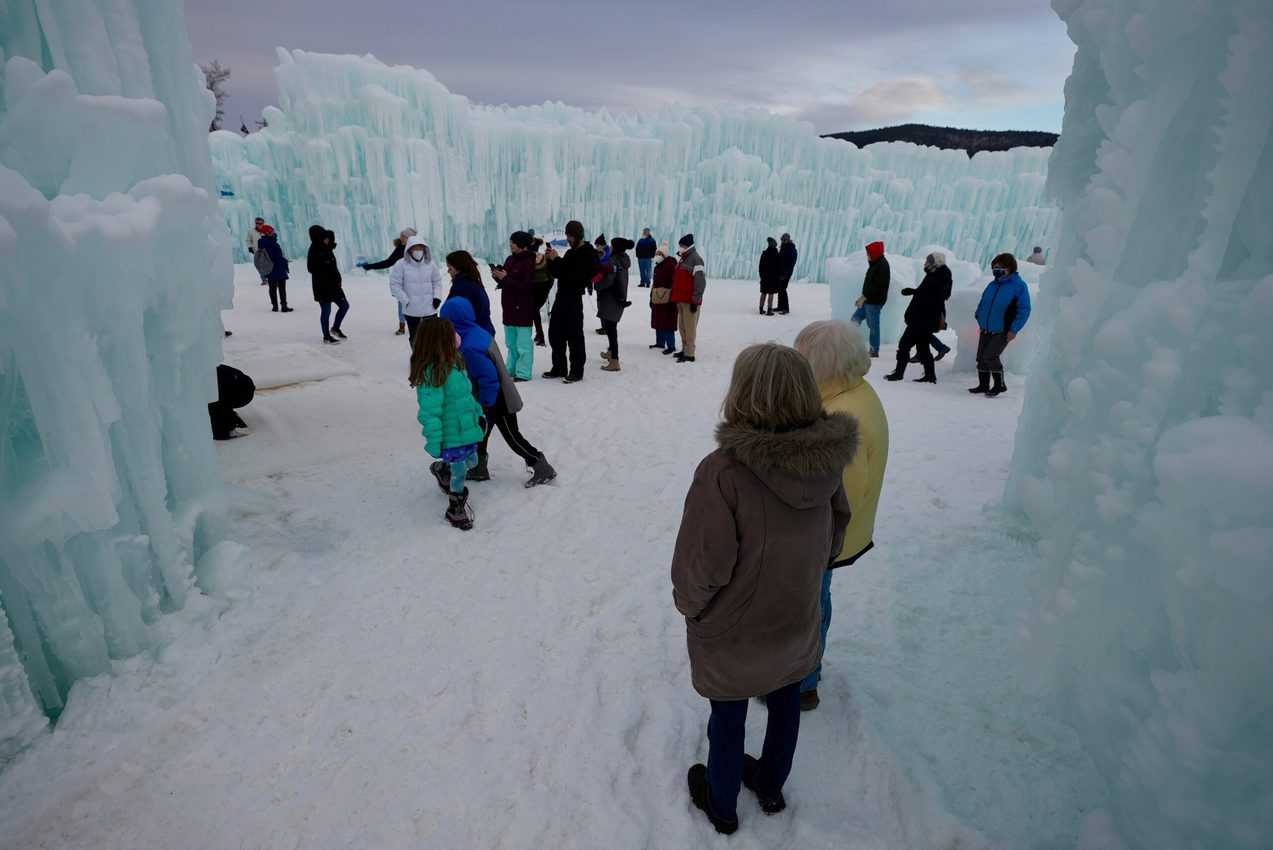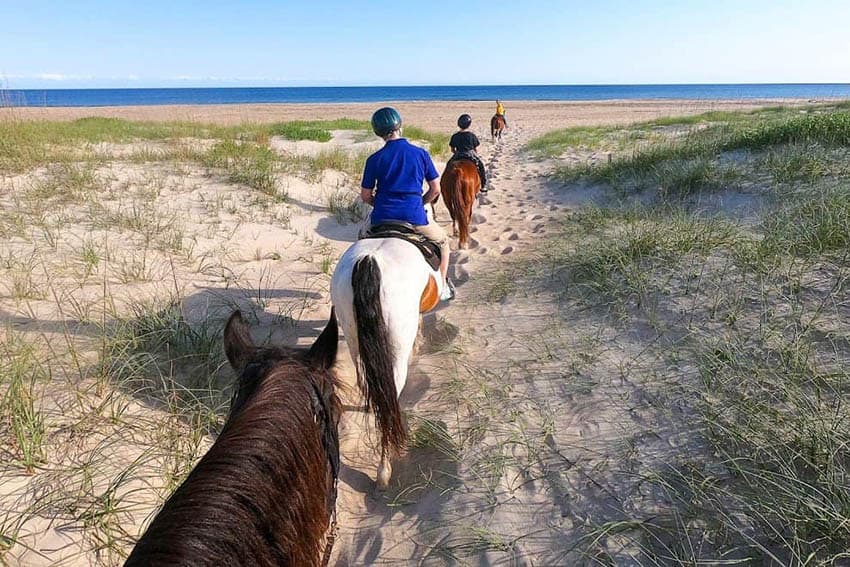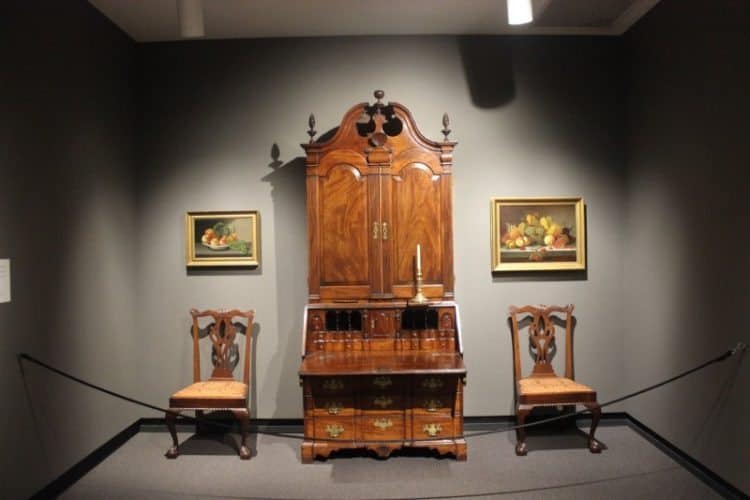
The Mead Art Museum, The Emily Dickinson Museum, and the Beneski Museum of Natural History in Amherst
by Carson McGrath
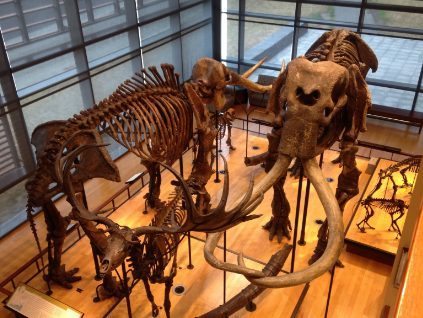
The Pioneer Valley is full of creativity, culture, and imagination.
Not only is the surrounding scenery of brightly glowing green mountains that pop out of light blue skies breathtaking, but you can also find beauty within closed walls.
Home to a variety of museums, you can find everything from fossils and dinosaur bones, Emily Dickinson’s bedroom, to illustrations from children’s pictures books.
I ventured to Amherst College, where Robert Frost himself once taught, to check out some of the local art and beautifully classic campus scenery.
The Mead Art Museum is one of the two museums located on campus and holds the college’s art collection, from Russian avant-garde art to Japanese prints.
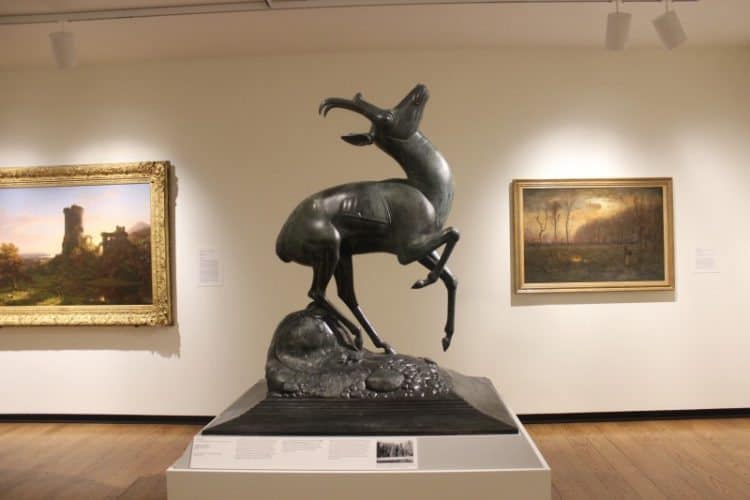
After entering, visitors feel the open space of the museum that showcases the artwork in the front area.
One exhibit inside it’s own room held art from Africa, which was given by Amherst collectors and scholars.
I saw beautiful rugs, and different ritual objects once used in divination rites in Central and West Africa.
Inside the Rotherwas Room, visitors can see the contrast between the old, wooden molding and leather chairs and artist Amanda Valdez’s contemporary exhibit Ladies’ Night. The different vibrant colors of pinks, greens, blues, and reds brought the darkroom to light.
One of my favorite exhibits appeared in one of the back rooms of the museum, displaying different pictures of boxers in the ring. I could not help but stop and stare awhile.
If you are looking for a versatile place to visit, the Mead will not disappoint with it’s old, historical artifacts and contemporary wonders.
The Emily Dickinson Museum, designated a National Historic Landmark in 1963, was sold to the Trustees of Amherst College in 1965. The museum includes The Homestead, where Dickinson was born and lived, The Evergreens, the family’s garden, and the home of her brother and his family.
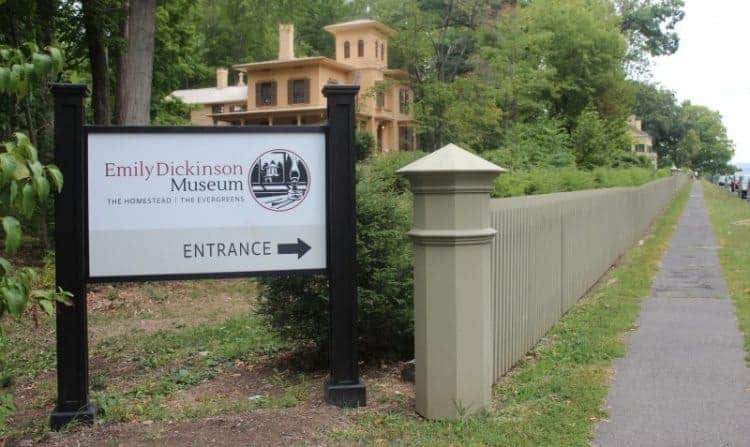
What I love about the museum is the beautiful, unique architecture of the building, something you would not see today in people’s homes.
A trip up the stairs to her bedroom, one can see Dickinson’s room covered in floral wallpaper and her antique bed.
Visitors can even hang around the garden Dickinson spent a lot of her time exploring.
Across the garden is Dickinson’s brother’s home where he lived with his family.
This house is quite different ran the poet’s, once you step inside you are in a darker setting, with dark brown, almost black stairs with red velvet upholstery on the steps.
The house has an eery feeling, much darker than the vibrant yellow Emily Dickinson home.
The museum offers guided tours for visitors wanting to learn more about the grounds and the poet herself.

As a fan of Dickinson’s poetry, it was exciting to see where she wrote, and what beauty inspired her to do so.
The Emily Dickinson Museum is open from the beginning of March until the end of December.
Amherst College also houses another museum, one very different than the Mead’s paintings and sculptures.
The Beneski Museum of Natural History, within the Beneski Earth and Science’s building, has three floors of exhibits with more than 1,700 fossils, minerals, and skeletons on display.
It was my first time within the walls of a museum of Natural History, and as someone with little to no knowledge on the subjects, I was completely blown away.

The staff was extremely helpful and friendly, open to asking any questions about the displays.
The sleek wooden floors and shiny wooden lined cases with even more specimens inside was quite the contrast to the old, preserved fossils.
Each creature had its own history.
Once you enter the museum, you are welcomed by large fossil skeletons right in the front that makes any visitor feel small upon arrival.
Exploring the third-floor exhibit, I learned about the Connecticut Valley’s geological history and saw fossils of different creatures and rocks that once existed right here in our backyard.
There were comprehensive explanations, signs, and fun displays that made it easy to understand the information.
There was one 3-D display on a table that showcased the Connecticut Valley over 15,000 years ago, showing Amherst’s glacial ice melting from the region at that time.
T-Rex
As I walked down to the last level of the exhibit I saw something that made my visit even more amazing: a large skull once attached to the body of a Tyrannosaurus rex.

As I stood in awe of the structure with big, pointy teeth, I saw children roaming around the dinosaur fossil exhibit, pointing and asking simple questions to their adult caretaker.
The beauty of this place rested in the fact that even though the museum, located on a historic college campus where research, study, and academia happens, anyone can come to the Beneski and learn while experiencing a childlike sense of wonder.
Once I was done within the museums of Amherst College, I stopped by the Robert Frost statue, overlooking the mountains the Pioneer Valley is known for right outside the Mead.
Here, I thought, dinosaurs and mysterious creatures once roamed free, and warm places were once covered with ice and snow.
Now today, it is a different kind of beauty than the one before. But, I felt lucky to be able to discover the art, the animals and creatures, that once inhabited the place I do now and around the world.
With the mixture of preservation, science, anthropology, poetry, and art, any visitor on the Amherst College campus, whether a lover of paintings, sculptures, history, or fossils and science can feel at home.
Museum Details:
The Beneski Museum of Natural History
Free and open to the public Tuesday-Friday, 11 am – 4 pm
Saturday and Sunday, 10 am – 5 pm
Sunday, Tuesday, Wednesday, Thursday 9 am-midnight
Friday, 9 am – 8 pm
Saturday, 9 am – 5 pm
Wednesday- Sunday, 11 am – 4 pm
This article was written with the assistance of PapersOwl writers
- Creating One of a Kind Adventures in Italy - November 26, 2016
- Nigardsbreen: A Blue Dream in Norway - November 4, 2016
- Exploring MIT in Cambridge, Mass - October 26, 2016




